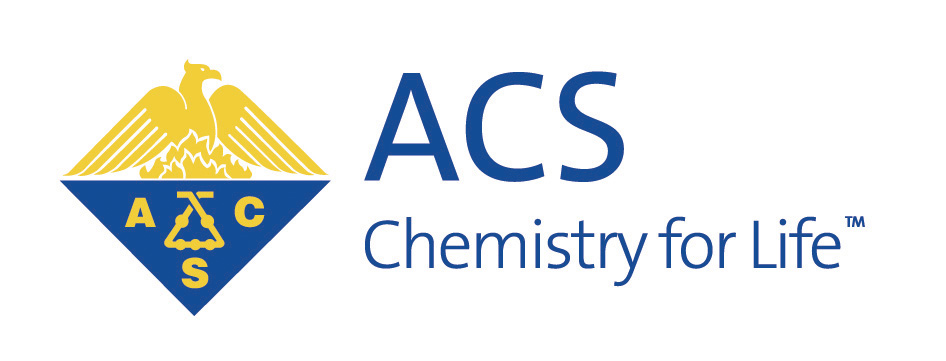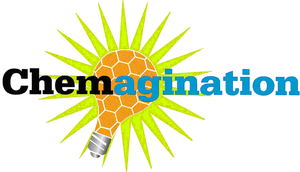|
 |
Princeton Section |
|
 |
Competition
2012:
An
Overview |
 |
|
|
High school students are asked to imagine that they
are living 25 years in the future and have been
invited to write an article for ChemMatters, a
magazine for high school students that focuses on
the role of chemistry in everyday life. The subject
of the article is:
“Describe a recent breakthrough or innovation in
chemistry (and/or its applications) that has
improved the quality of people’s lives today.”
In addition to the article, students are asked to
design a cover for the magazine.
The article must be written as if the student is
living in the year 2037, looking back at innovations
that have occurred since 2012.
The innovation must fall into one of the following
categories:
* Alternative Energy Sources
* Medicine/Health
* Environment
*
New Materials
Examples
of areas where development is expected are:
nanometer-scale systems, energy efficiency,
pollution prevention, microfluidics, intelligent
devices for sensing, proteomics, climate models,
biopharmaceutical therapies, medical devices, new
energy sources and implants.
Evaluation is based upon:
1)
the written article which is submitted in advance,
and
2)
the presentation of the innovation on a
self-standing display and interviews with judges
(much like science fair judging)
|
|
TIE-IN TO NATIONAL STANDARDS
The grades 9-12 Content Standards of the
National Science Education Standards
support a multidisciplinary perspective and
encourage teachers to provide opportunities for
integrated/multidisciplinary approaches to science
teaching. In particular, the History and Nature of
Science Standards support the need of students to
understand that “science reflects its history and is
an ongoing, changing enterprise.” Engaging students
in this project will give them the opportunity to
see that science is a human endeavor which
incorporates the ability to ask questions, think
critically and logically, make decisions based on
data, and communicate scientific arguments.
|
|
ELIGIBILITY/REQUIREMENTS
-
Each school can submit up to eight entries (1 or
2 per category) – 8 maximum*
-
All students must be currently enrolled in a
grades 9-12 science class at an accredited
school or home school in the area.
-
Students and their parents are responsible for
transportation to and from the meeting site.
-
Schools must notify the competition coordinators in
writing of their intent to participate in Chemagination
by the date set by the Chemagination Coordinator and remain in
communication with the Chemagination Coordinator
during the time leading up to the competition.
-
All entries become the property of the ACS and
will not be acknowledged or returned.
-
The ACS, its agents and contractors, are not
responsible for lost, late, misdirected, or
postage-due entries.
-
Acceptance of the prize constitutes consent to
use the winners’ names, likenesses, and entries
for editorial, advertising, and publicity
purposes. This includes publication of the
articles, if selected; in an actual issue of
ChemMatters magazine.
-
Prizes are not transferable.
-
Taxes, if any, are the sole responsibility of
the winner.
-
Participants will be asked to provide a Photo
Release Form signed by a parent or guardian
prior to attending the competition.
* Contact the competition coordinator if you have
questions about this requirement.
|
|
|
RULES
ARTICLES must:
-
be written by a team of two or three students;
each student may be on only one team.
-
be no more than 1000 words (figure captions are
not included in the limit).
-
present the chemistry/scientific
concepts/ideas/principles behind the innovation.
-
describe the innovation and indicate how it has
improved people’s lives.
-
present a “history” of the changes that had to
occur in 25 years to develop this innovation; a
graphic timeline is strongly recommended to
convey this history..
-
include drawings, diagrams, illustrations and
descriptions of the chemistry and any technology
involved in all key aspects of the innovation.
-
cite a minimum of three technical references.
-
include a cover design for the magazine. The
cover design can be an original computer graphic
or a free-hand drawing.
DISPLAYS must:
-
be 24” deep, 40” wide and 48” tall or less, and
be able to sit on a table, much like at a
science fair.
-
include the cover of the magazine.
-
be a visual representation of the article’s
content with a minimum of text; a graphic
timeline is strongly recommended to convey
milestones in the history of the innovation.
-
include a list of references cited.
ATTENDANCE
SCORING
-
Winners are selected by the judges based on the
two scores the students have received (one for
the article and one for the interview/poster)
-
Criteria for scoring include scientific thought,
creativity, clarity, thoroughness and teamwork.
-
Recognition will be given to First Place in each
category. Recognition for Second Place in each
category and Overall in the competition will be
at the discretion of the judges, depending on
the total number of teams competing.
|
|
|
|
ABOUT THE AMERICAN CHEMICAL SOCIETY
The American Chemical Society is the world’s largest
scientific society, representing over 163,500 chemical scientists worldwide.
The Society is a leading source of chemistry curricula and activities for
students, teachers, parents, and others. Included in the Society’s services
to members and the public are workshops, scholarly publishing, meetings, and
community programs such as National Chemistry Week and Chemagination.
|
|
|